Metrics Matter: The 4 Types of Code-Level Data OverOps Collects
OverOps
AUGUST 12, 2019
All the data in the world means nothing if it’s not the right data. But when it comes to delivering reliable software and troubleshooting issues, what is the right data? When it comes to CR, it’s not just about what data you can capture, but how you analyze and leverage it. Code Metrics.



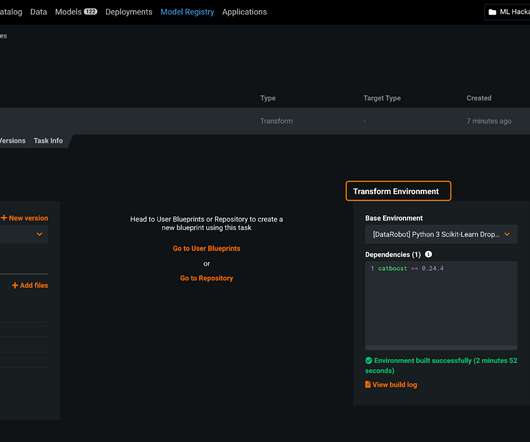


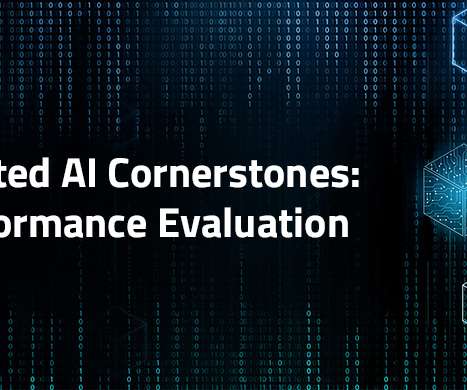
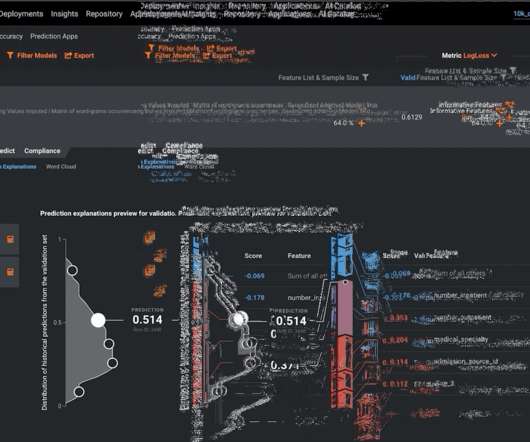









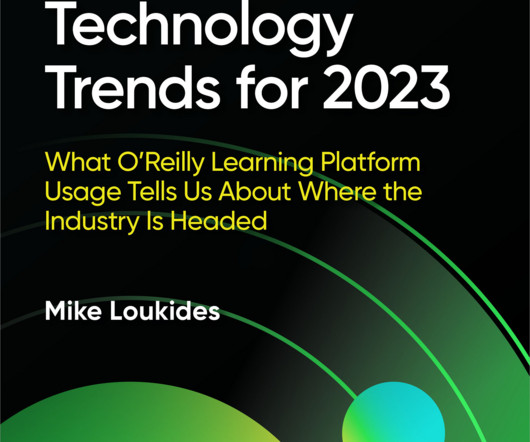
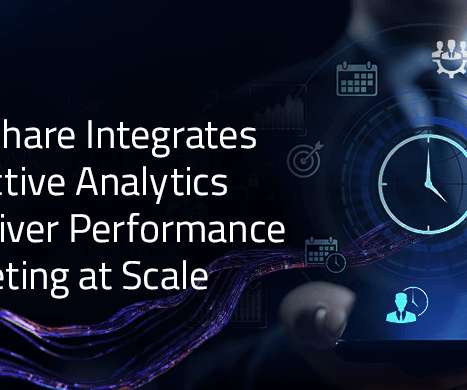









Let's personalize your content